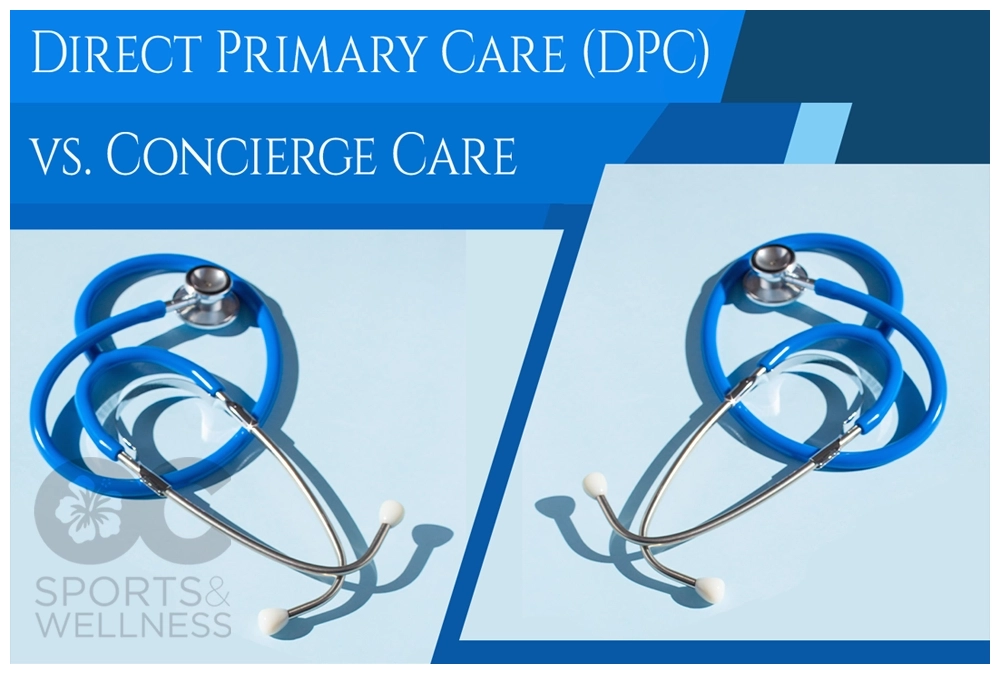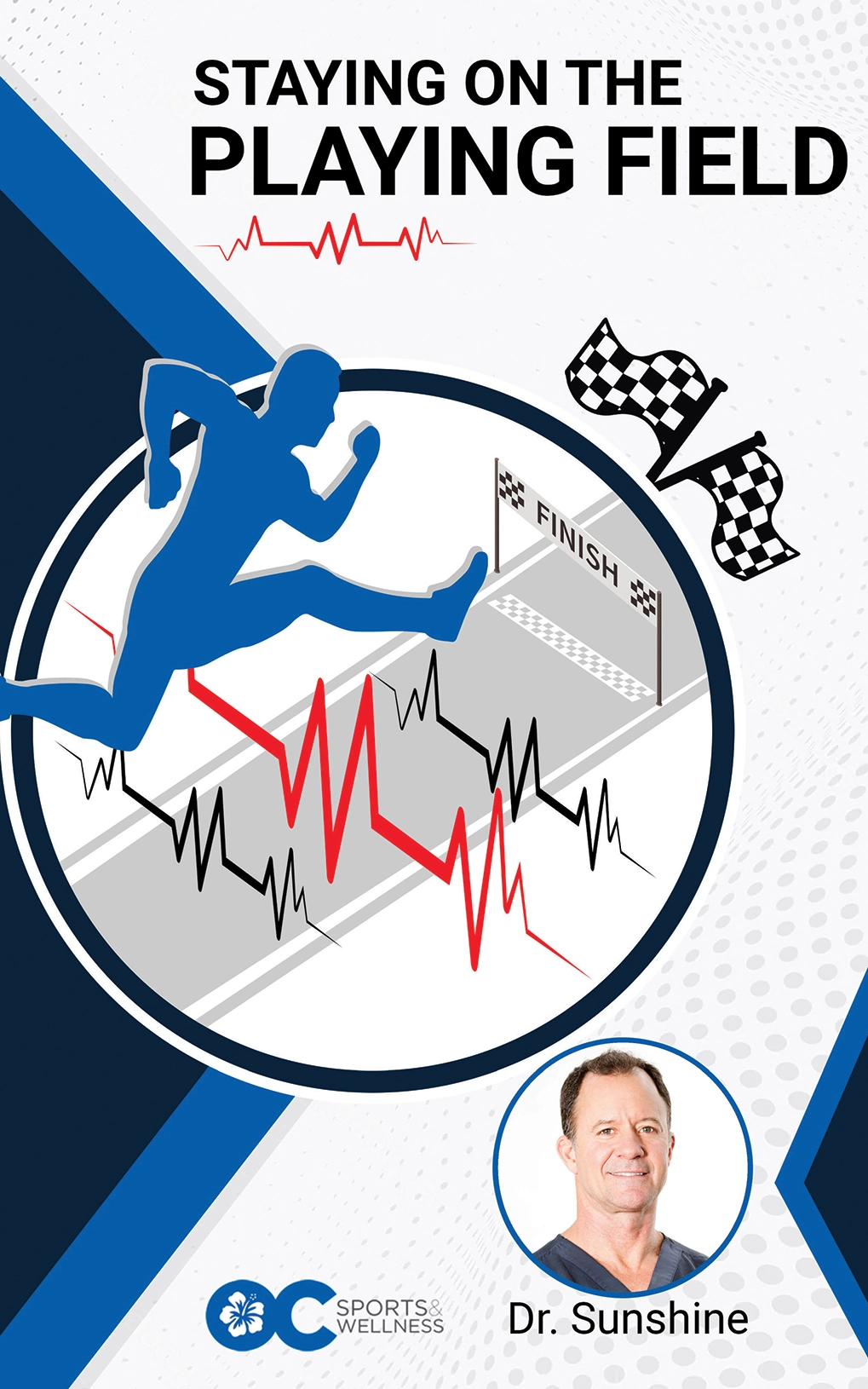The Difference Between Concierge Care and Direct Primary Care (DPC)—and Why DPC Shines
A practical, uplifting guide for people who want better access, more transparent pricing, and a doctor who truly knows them.
The Big Picture
All of us want healthcare that’s personal, proactive, and easy to access. Two membership-based models—Concierge Care and Direct Primary Care (DPC)—aim to deliver precisely that. While they may look similar at first glance, their goals, pricing structures, and day-to-day experiences differ in meaningful ways. Understanding these differences can help you choose a model that respects your time, your budget, and your long-term health.
Below is a clear comparison of Concierge Care and DPC, followed by practical examples of how DPC often offers the greatest value and a more human experience for individuals, families, and employers.
Quick Comparison
| Feature | Concierge Care | Direct Primary Care (DPC) |
|---|---|---|
| Core Idea | Enhanced access layered on top of traditional, insurance-billed primary care | Membership replaces insurance billing for primary care; care and costs are simplified |
| Payment Model | Annual fee plus insurance billing and copays | Flat monthly/annual membership; no fee-for-service billing for in-scope primary care |
| Price Transparency | May still face surprise bills due to insurance complexity | Transparent, posted pricing; most services included or clearly listed |
| Visit Length | Typically longer than standard insurance clinics, but still influenced by billing rules | Unhurried visits; fewer patients per clinician; time set by clinical need, not billing codes |
| Access | Priority scheduling and messaging; after-hours options vary | Same/next-day access common; direct messaging; often after-hours guidance included |
| Scope of Care | Primary care plus referrals; still navigates insurer networks | Comprehensive primary care with in-office procedures and wholesale labs/meds when available |
| Best For | Patients wanting VIP scheduling while keeping traditional insurance-driven care | Patients and employers wanting predictable costs, deeper relationships, and fewer barriers |
Why Many People Prefer DPC
- Clarity and Control: DPC eliminates insurance billing for primary care, replacing it with a simple membership. You know exactly what’s included—and what it costs—before you step through the door.
- More Time with Your Clinician: Because DPC practices serve a smaller patient panel, you get more extended visits, thorough preventive care, and space to talk through goals, concerns, and options without rushing.
- Direct Access, Faster Answers: Texting or messaging your care team for quick questions helps you avoid unnecessary trips, catch issues early, and feel supported between visits.
- Proactive, Not Reactive: DPC’s cadence encourages scheduled follow-ups, lifestyle coaching, and early interventions—so minor issues are addressed before they become bigger problems.
- Lower Total Cost of Care: Transparent membership pricing, wholesale labs/medications when available, and fewer ER/urgent care visits can meaningfully reduce your annual out-of-pocket costs.
- Less Red Tape: Without the constraints of billing codes and insurer rules for primary care, DPC clinicians can tailor care plans to your context and preferences.
- Relationship at the Center: The heart of DPC is a trusted relationship. When your clinician knows your story, your stressors, and your goals, care becomes more precise, more compassionate, and more effective.
A Day-in-the-Life: Concierge vs. DPC
Scenario 1: You wake up with a strange rash.
- Concierge: You message the office and get a priority appointment. The visit is billed through insurance, and costs can vary depending on the deductible and coding.
- DPC: You send a photo via secure message, receive same-day guidance, and pop in for a quick, included visit if needed—no additional bill for the evaluation.
Scenario 2: You want an annual “health reset.”
- Concierge: You receive an extended annual exam, often with advanced screenings, which may generate separate insurance claims and potential balance bills.
- DPC: Your extended annual exam and follow-up planning are part of membership, with any optional labs or imaging priced transparently up front.
Scenario 3: You’re juggling a busy schedule.
- Concierge: You get faster scheduling and a nicer waiting-room experience.
- DPC: You often skip the waiting room entirely with direct messaging, same/next-day appointments, and telehealth included—care that fits your life.
What DPC Includes (Typically)
- Unlimited or generous office/virtual visits for primary care needs
- Extended visit times focused on prevention, performance, and whole-person health
- Direct messaging for quick questions and care updates
- Same/next-day sick visits and quick refills when appropriate
- Standard in-office procedures are available at little or no additional cost
- Transparent, often discounted pricing for labs, imaging, and medications when available
- Care coordination and referrals when specialty care is needed
Note: Exact services vary by practice. Always review a clinic’s membership details to understand what’s included and what falls outside primary care.
Who Benefits Most from DPC?
DPC works beautifully for individuals and families who want reliable access, predictable costs, and a doctor who can spend the time needed to get to the root of concerns. It’s also a compelling option for small- and mid-sized employers seeking better primary care access, fewer urgent care visits, and a healthier, more energized team.
- Busy professionals who want fast answers and fewer health-related interruptions
- Active adults and athletes who value continuity, lifestyle coaching, and performance-minded care
- Adults managing chronic conditions who benefit from frequent touchpoints and data-driven plans
- Employers looking to reduce absenteeism, improve morale, and manage healthcare costs more intelligently
Common Questions
Do I still need insurance if I join a DPC practice?
Yes. DPC covers primary care. Insurance (or an alternative) is still recommended for hospitalizations, specialist care, surgeries, and major unexpected events. Many members pair DPC with a high-deductible plan or cost-sharing arrangement.
Is Concierge Care “better” than DPC?
“Better” depends on your goals.
If you want a luxury experience layered on top of traditional insurance-based primary care, a concierge can be a good fit.
If you wish for transparent pricing, fewer barriers, and direct access to your clinician without fee-for-service complexities, DPC typically offers the best alignment.
What about specialist referrals and imaging?
DPC practices regularly coordinate referrals and imaging. The difference is that your primary care remains membership-based, and any outside services are discussed with clear expectations on cost and coverage.
Will I actually save money with DPC?
Many patients do. Savings commonly come from fewer urgent care/ER visits, transparent pricing on labs/medications when available, and addressing issues early. Results vary by individual usage and local pricing.
OC Sports and Wellness in Orange County: Primary Care That Moves With You
OC Sports and Wellness in Orange County is centered on helping active adults feel and perform their best. If you’re looking for a membership-based primary care experience that emphasizes access, prevention, performance, and meaningful doctor-patient relationships, a DPC model can be a powerful fit.
- Unhurried, relationship-driven primary care
- Direct communication and timely appointments
- Transparent membership options designed for real life
- Care plans that support performance, recovery, and long-term health
When your primary care team truly knows you—your goals, your training load, your stressors—your plan becomes more personal and more effective. That’s the promise of DPC: simpler access, clearer costs, and care that champions your potential.
How to Decide—In Three Steps
- Clarify your priorities: Access, cost predictability, visit length, and philosophy of care.
- Map your current spending: Consider copays, deductibles, urgent care visits, and time lost to delays.
- Compare local options: Review membership details, what’s included, and how communication works day to day.
If you want a model that cuts through complexity while deepening the clinician-patient relationship, DPC is a standout choice.
Ready for primary care that’s proactive, personal, and streamlined? Explore a DPC membership with a trusted team like OC Sports and Wellness in Orange County and experience the difference.
We hope this information is helpful. At OC Sports and Wellness in Orange County, we understand the importance of balancing your health with a busy lifestyle. That’s why we offer convenient options for scheduling visits, texting, or video chatting with Dr. Sunshine. Let’s work together towards your well-being! Reach out to us at 949-460-9111.

Disclaimer: The information above is educational and not a substitute for personalized medical advice. Outcomes vary. Always consult a qualified healthcare professional to determine the best treatment for your condition.


